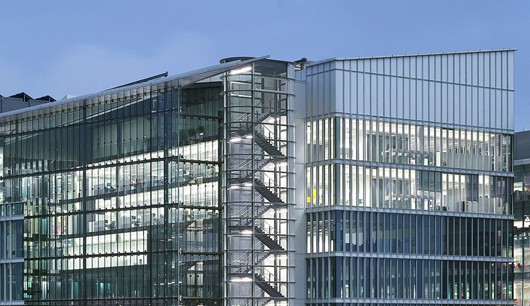
AstraZeneca (AZ) has said it will cut a further 2,300 jobs in sales and admin as part of major restructuring activities to bring the company back to growth.
The cuts are in addition to 1,600 job cuts in mainly research-focused positions announced earlier this week, as well 1,150 axed US sales positions announced in December 2011.
This brings the total number of redundancies to 5,050 over the next three years as part of new CEO Pascal Soriot’s plans to rejuvenate AZ following a series of patent losses and major pipeline failures.
Soriot will announce further details at AZ’s annual strategy review later today, where he is expected to discuss the company’s strategic priorities to focus its research, grow its current assets and resist the temptation to branch out into new business areas.
Focused research
Soriot wants the company to concentrate its research efforts on three core therapy areas: respiratory, inflammatory and autoimmunity; cardiovascular and metabolic disease; and oncology.
Neuroscience and infectious diseases will also play a part in research plans, but any investment will be “opportunity-driven”, according to AZ.
The company has scaled down its efforts in neuroscience in the past year, announcing it is turning to a ‘virtual’ neuroscience Innovative Medicines unit that will conduct research through an external network of academia and industry partners and work closely with partners like Sweden’s Karolinska Institute.
As previously announced, its R&D organisation is being restructured, with three new research centres in the UK, US and Sweden in development, each specifically set up in a strong scientific region to encourage collaboration with external partners.
This strategy is already developing commercial prospects, including two partnerships announced today: an agreement with US-based Moderna Therapeutics to develop RNA therapeutics in cardiometabolic diseases and cancer, and a deal with the Karolinska Institutet in Sweden to create an integrated translational research centre.
By restructuring its research in this way, AZ said it expects to accelerate the development of new medicines, claiming its phase III pipeline could double in size by 2016.
Growth of current assets
In addition to its R&D efforts, Soriot plans to grow AZ’s current assets through five key platforms.
These include the continued uptake of its bloodthinner Brilinta (ticagrelor) following its launch in 2011, as well as further growth in the non-insulin diabetes market through its partnership with BMS, which includes the recently approved SGLT2 inhibitor Forxiga (dapagliflozin).
Another therapy area with growth potential is respiratory, according to AZ, with the company’s portfolio continuing to grow in key markets.
AZ also plans further growth in emerging markets, with a focus on a China, while Japan was cited as a country with further potential for the company’s established brands.
“Based on our focused investment in key growth platforms and our pipeline, we believe we can significantly exceed current market consensus for 2018 revenues of $21.5bn,” said the company.
No diversification
Summing up AZ’s plans, Soriot said the company would not branch out into new areas.
“Our vision is clear – to be a global biopharmaceutical company with a focused portfolio in core therapy areas, underpinned by distinctive science and a growing late-stage pipeline, with sound financials offering attractive returns for investors,” he said. “We see no case for diversification.”
“In setting out our strategy today, we are making an unambiguous commitment to concentrate our efforts and resources on our priority growth platforms and our priority pipeline projects.”




